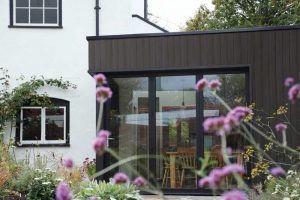
By Jim Stange
Across the globe, many businesses are working to ensure their operations are as sustainable as possible. Some are even working towards becoming completely zero waste. The Zero Waste International Alliance (ZWIA) defines this as “the conservation of all resources by means of responsible production, consumption, reuse, and recovery of products, packaging, and materials without burning and with no discharges to land, water, or air that threaten the environment or human health.”1
This practice reduces a company’s contribution to the waste stream, lowers its negative environmental impacts, and strengthens its reputation. Such waste reduction strategies can also save the company money and even generate revenue if the waste is valuable to another industry. According to a study by MIT Sloan Management Review,2 90 percent of today’s CEOs report that sustainability is important to their company’s success.
In the building industry, sustainability has been a priority for some time. Determining a product’s sustainability includes considering its material makeup, manufacturing process, end-of-life care, and even its durability. With green building construction, sustainability equals durability. This is because, the longer a material lasts, the fewer new products will need to be produced.
When specifying exterior cladding or building envelope materials, building professionals have many options: wood, engineered cladding products, stucco, and brick and stone masonry, among others. A relatively newer product, wood-plastic composite (WPC) has been growing in popularity—and with its leading sustainability and design features, it is no wonder why.
Sustainability of composite cladding
From its material makeup through the manufacturing process and performance/lifecycle, there are several factors that make composite cladding a highly sustainable option.




